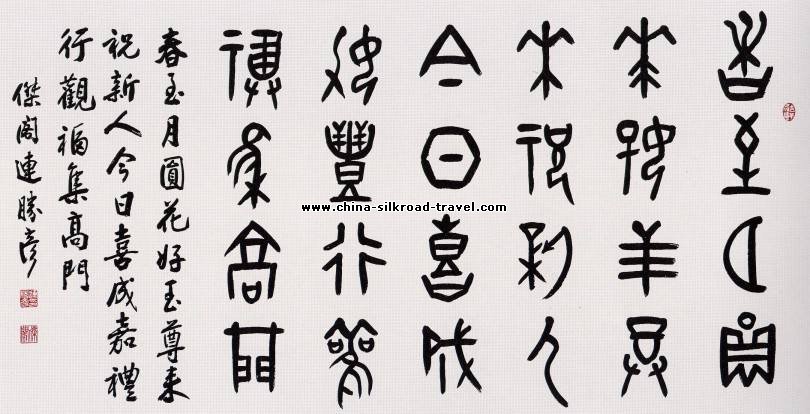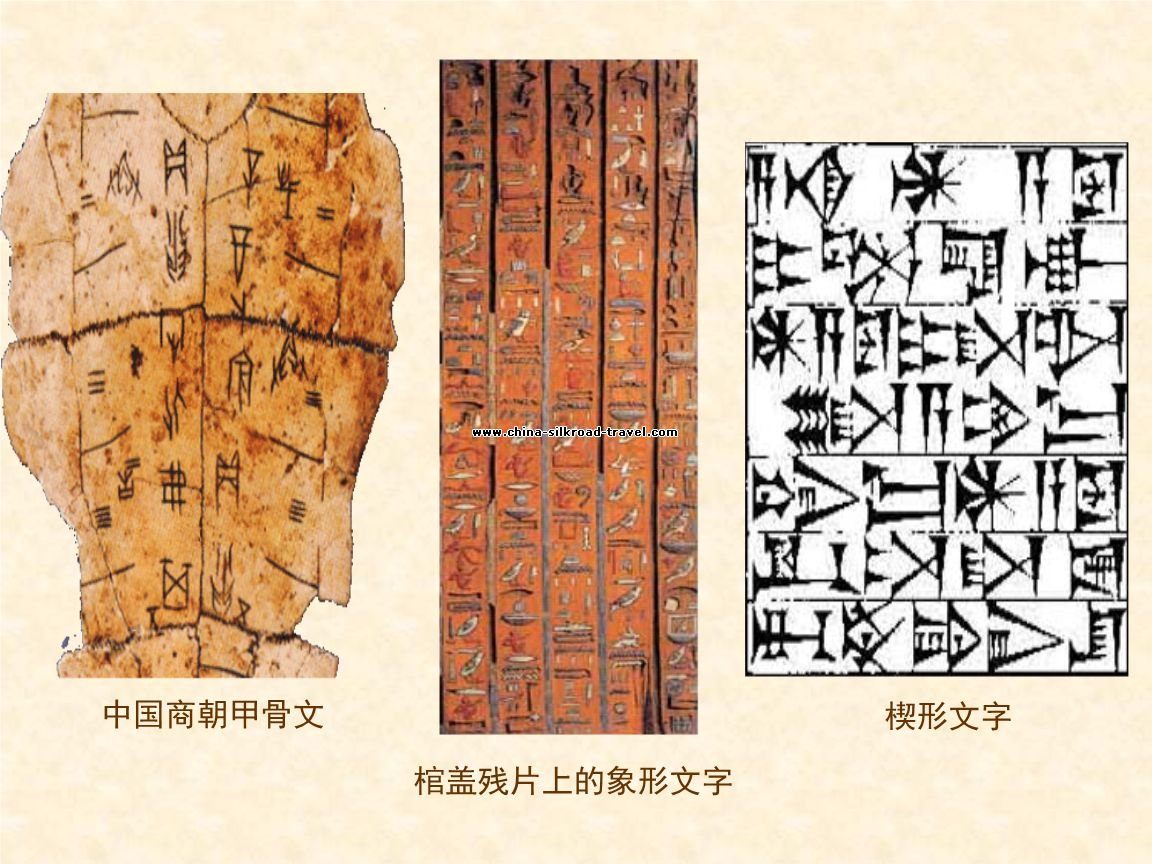Dancing Characters
Post Time:2018-12-29 Views:
Hanzi(Chinese characters) are the most commonly used script in China. According to surviving ancient literature and archeological findings, Chinese characters have a history of at least 5,000 years. The origin of Chinese characters corresponds with the history of ancient Chinese civilization. Chinese characters number in the tens of thousands, yet the most frequently used number about 3,500.
Hanzi consists of two systems : simplified Chinese characters and full-form traditional Chinese characters. Simplified characters are used on the Chinese mainland and among Chinese communities in Southeast Asia, and traditional Chinese characters are used widely in Hong Kong, Macao, Taiwan Province and among overseas Chinese in North America. In recent years, the use of simplified Chinese characters has grown, as more and more people in other countries are choosing Chinese to study as a second language.
Hanzi evolved into various written styles from pictograms to symbols, from design to the final shape. In writing Chinese characters, a unique art emerged-calligraphy. The writing tools are brushes made of weasel and goat hair, and the soft brush tip, after being dipped in ink, can deliver a variety of writing styles.
Hanzi consists of two systems : simplified Chinese characters and full-form traditional Chinese characters. Simplified characters are used on the Chinese mainland and among Chinese communities in Southeast Asia, and traditional Chinese characters are used widely in Hong Kong, Macao, Taiwan Province and among overseas Chinese in North America. In recent years, the use of simplified Chinese characters has grown, as more and more people in other countries are choosing Chinese to study as a second language.
Hanzi evolved into various written styles from pictograms to symbols, from design to the final shape. In writing Chinese characters, a unique art emerged-calligraphy. The writing tools are brushes made of weasel and goat hair, and the soft brush tip, after being dipped in ink, can deliver a variety of writing styles.


Chinese calligraphy is the art of writing Chinese characters. Starting from the oracle bone script, inscription on drum-shaped stone blocks, inscription on ancient bronze objects, large seal script, small seal script, official script all the way to cursive script, regular script and semi-cursive script reaching maturity in the Eastern Han, Wei and Jin dynasties, calligraphy has demonstrated its varied artistic charms. With the development of the times, the art of calligraphy has continued to reach new levels. The simpler cursive script, semi-cursive script and regular script replaced the seal script and official script as the dominant styles in the Eastern Jin, Sui and Tang dynasties. Wang Xizhi, an eastern Jin calligrapher, took the art of calligraphy to great heights, and after him many more masters of nan, Ouyang Xun, Chu Suiliang, Yan Zhenqing and Liu Gongquan. In the following Song, Yuan, Ming and Qing dynasties many more schools of calligraphy appeared, giving a full display of the greatness and eternal charm of Chinese culture. The principles observed in Chinese calligraphy are as regular as standing upright, as semi-cursive as walking steadily and as cursive as flying freely.
Seals are important on a piece of calligraphic work. As a token of identity, both official and private seals have evolved with more cultural elements attached. For Chinese calligraphers and painters, the seal inscriptions affixed to their works and color, balance the layout and enrich the vision. The combination of calligraphy, painting and seal inscription is typical in works of Chinese literati.
Seals are important on a piece of calligraphic work. As a token of identity, both official and private seals have evolved with more cultural elements attached. For Chinese calligraphers and painters, the seal inscriptions affixed to their works and color, balance the layout and enrich the vision. The combination of calligraphy, painting and seal inscription is typical in works of Chinese literati.
 Xinjiang China Travel is specialiesed in organizing the Classic Ancient Silk Road Tour,and we are the professional Xinjiang Tour experts.We arrange both large and small group tours and specialize in vacation planning. We pride ourselves in helping people plan the vacation adventure that is right for them. Even only one person coming, we also can provide personalized service for you. With many years of experiencebehind us,we always offer the best value,most comfort and flexible tour for you,you will never feel rush and tired.
Xinjiang China Travel is specialiesed in organizing the Classic Ancient Silk Road Tour,and we are the professional Xinjiang Tour experts.We arrange both large and small group tours and specialize in vacation planning. We pride ourselves in helping people plan the vacation adventure that is right for them. Even only one person coming, we also can provide personalized service for you. With many years of experiencebehind us,we always offer the best value,most comfort and flexible tour for you,you will never feel rush and tired.
Our Blog
- thesilkroadchina.com is Liar
- Silk Road Tours in 2020
- Silk Road Tour for Senior Citizens
- Silk Road Train Tours
- Silk Road Private Tour
- Silk Road Travel from Australia
- Silk Road Tour from Malaysia
- The First Skating Ceremony of Hemu ...
- Southern Xinjiang Travel Experience...
- Our Tour to Xinjiang Province II



